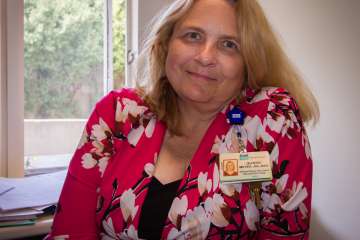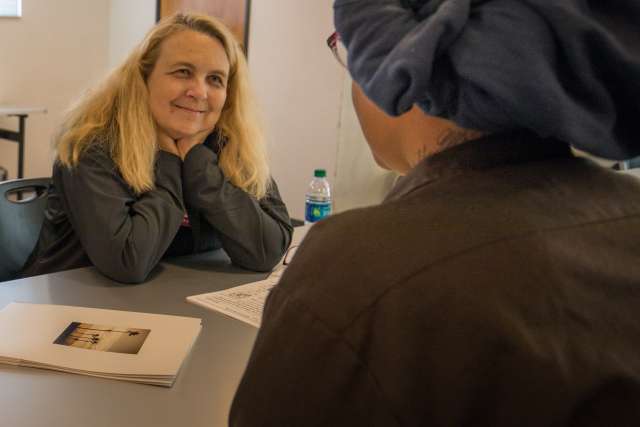When former president Jimmy Carter announced earlier this year that he was opting for hospice care rather than continued medical intervention, it put a spotlight on this kind of end-of-life care.
But what is it? And how does it differ from palliative care?
“Hospice is more of a subset of palliative care,” says Jeannie Meyer, MSN, RN, a clinical nurse specialist in palliative care at UCLA Health.
Here, Meyer explains the distinctions between palliative and hospice care and the role advance directives play in both.
What is palliative care?
Palliative care is a resource for anyone living with a serious medical condition.
“We can help with things like controlling their symptoms and having what we call the ‘goals-of-care’ discussion,” Meyer says. “Our initial goals-of-care discussions are focused more on what gives you joy, what gives you meaning, what is a really good, acceptable quality of life for you? Just so we have some idea of who this person is.”
Through conversations with palliative care providers, patients outline what Meyer calls their “line in the sand” — they share what brings meaning to their lives or gets them out of bed in the morning, and what they want to have happen if that line in the sand can no longer be reached.
This is not a static decision, but a dynamic one that evolves as a patient’s condition changes, Meyer says.
She recalls one patient who said he didn’t want to go on if he could no longer surf. But as his condition evolved, he changed his mind and said that as long as he could be on the beach, his life was worth living.
Another patient said her line in the sand was being able to sit up on her own and watch true-crime shows on TV.
“One of the most fulfilling things about this work is being on this long-term journey with these people,” Meyer says. “Learning about them, hearing their joys, hearing their meanings, helping them make the choices that they might need to make as their health care evolves. And helping them with their pain and symptom management.”
People can receive palliative care for months or years. Studies show that palliative care leads to better outcomes and longer lives, Meyer says. And, she adds, many people who receive palliative care recover.
What is hospice care?
Hospice care is a kind of palliative care for people whose prognosis for survival is six months or less. Hospice care begins when individuals opt to forego further disease-modifying treatments in favor of focusing on comfort.
“Many of the things we do to get people well can be difficult or even painful,” Meyer says, citing treatments such as chemotherapy or dialysis.
“Sometimes it can be very peaceful and very liberating to say: Everything I do from here on in is concentrated on comfort, being with significant others, being cared for and maybe squeezing in some last opportunities,” she says. “Even if we can no longer cure, we can provide comfort.”
People receiving hospice care sometimes “perk up and do better,” Meyer adds.
Like palliative care, hospice care is dynamic. If an individual’s condition improves and they want to look into treatment again, they can return to more active interventions and palliative care.
“The patient is in the driver’s seat throughout this whole journey,” Meyer says. “We are in the passenger seat, holding hands. We are helping guide them while at the same time helping with symptom management.”
What is an advance directive?
An "Advance Health Care Directive" is a legal document that provides instructions for your medical care should you be unable to make decisions or communicate your wishes.
“I am a firm believer that anybody over the age of 18 and emancipated minors should have an advance directive,” Meyer says.
It allows people to put their personal “line in the sand” in writing, Meyer says, and express what constitutes an acceptable quality of life for them. It outlines what should be done if they can’t achieve that quality of life and can no longer speak for themselves. It can identify who should make health decisions on their behalf.

An advance directive can clarify the extent of medical interventions a person might want, ranging from full, aggressive treatment to more limited measures.
No attorney or legal advice is required to complete this document, which is available as a free download.
“You can fill this out yourself with your loved ones,” Meyer says. “And then you get two of your best buddies to sign it for you, that they are witnessing that you are signing this and nobody is coercing you. Then you take it to your physician’s office and you get it on file.”



